The extraordinary story of
Henare Mokeua Kohere
Second Lieutenant, New Zealand
Pioneer Battalion
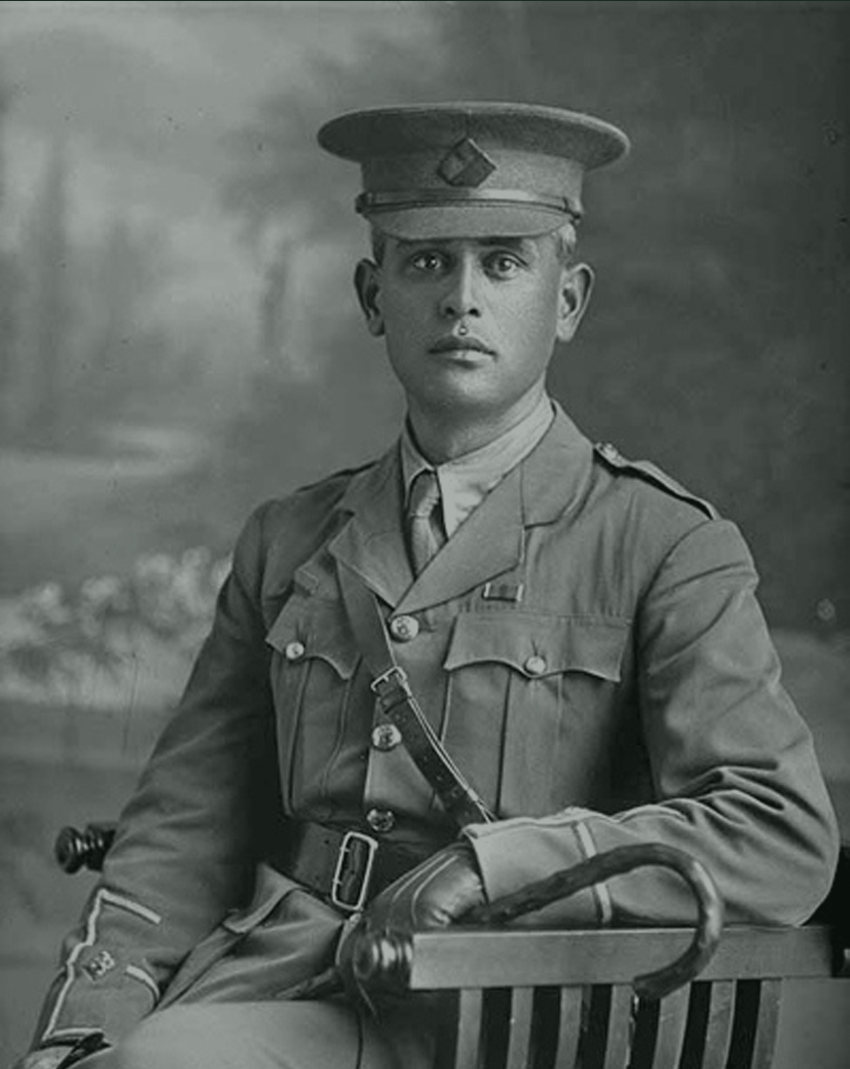
We often think of war simply as destruction, but throughout the world wars thousands of servicemen and women worked tirelessly to design and build structures and machines that allowed the armies of the Commonwealth to wage war.
From the trenches and tunnels of the First World War to the mighty mulberry harbours of Normandy during the Second World War, engineering was a vital part of both conflicts. The service and sacrifice of those who worked to build bridges, survey defences, dig trenches, lay cables, maintain buildings and so many other tasks cannot be forgotten, especially as so many-faced mortal dangers and made the ultimate sacrifice during their service.
Ngati Porou, New Zealand
Born on 10 March 1880, Henare Mokeua Kohere was the grandson of a Maori chief. He was the fourth child of Hone Hiki Kohere and his wife Henarata Pereto of Ngati Porou, New Zealand. He attended Kawakawa Native School, before studying farming. While at school, he showed promise as an army cadet and was a very good rugby player, representing his province, as well as being a haka leader.
For more than a decade after leaving school he worked on the family farm, alongside his sister. In 1901, Henare was awarded the Royal Humane Society of New Zealand Bronze Medal for rescuing a young man whose boat had capsized. In 1902, he was selected to lead the Maori section of the New Zealand contingent which attended the coronation of Edward VII in London. Henare trained and led the contingent in the haka.
On his return to New Zealand, he married Ngarangi Turei and the couple would have three children.

When the war began Henare was working on the family farm. He volunteered to join the New Zealand army in June 1915 and became an officer in the NZ Pioneer Battalion. Before sailing off to war, he wrote to his children…
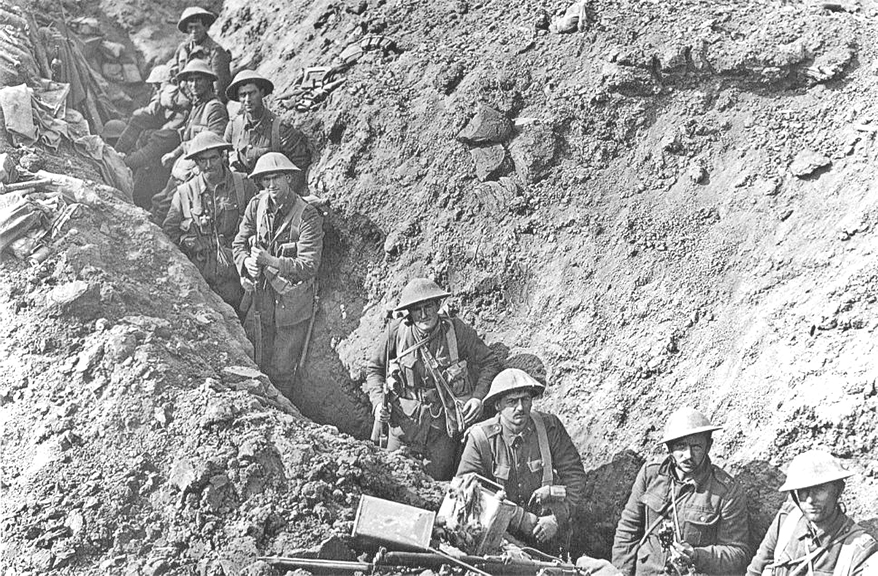
Henare arrived in France in January 1916, after a short spell in Egypt. The Pioneer battalions were responsible for creating and maintained the vital infrastructure of the Western Front: trenches, roads, light railways among other task such as laying communication cables and drainage systems. They worked hard, often under enemy fire and quickly gained a reputation for their bravery.
In August 1916, the New Zealand Division was ordered to the Somme, to join the great battle which was taking place. On 14 September 1916, the New Zealanders were preparing to launch a major attack on the main German defences. The Pioneer Battalion was sent in to dig new communication trenches which would be linked up with the expected newly captured German trenches the next day.
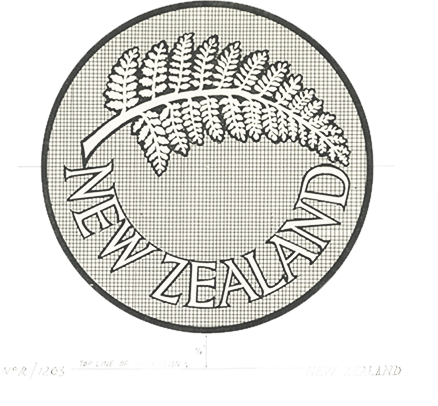

“Ka nui te kino” - “Things are very bad”
- By Henare after being wounded

Henare was wounded by a German shell on 14 September. He was placed on a stretcher and taken to a dugout for shelter. Here he was reported to be ‘comfortable and happy’ despite being badly wounded. When asked by a fellow officer how he was, Henare replied, ‘Ka nui te kino’ – ‘things are very bad.’
Henare was evacuated to the Casualty Clearing Station at Heilly Station, where he died two days later on 16 September 1916. His men mourned the lost of a greatly respected officer.
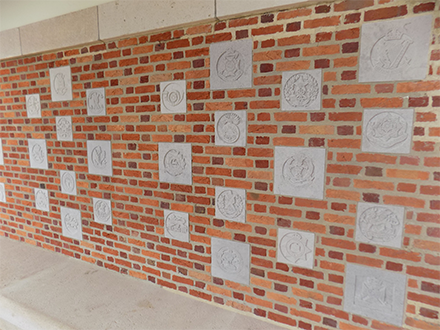
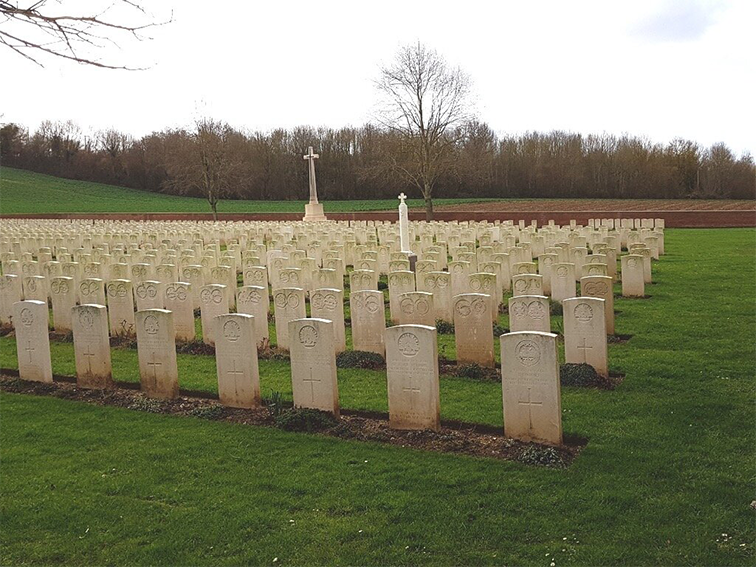

Henare Mokeua Kohere
1880 - 1916
We'd love to hear your story
We use necessary cookies to make our site work. We'd also like to set analytics cookies that help us make improvements by measuring how you use the site. These will be set only if you accept.
